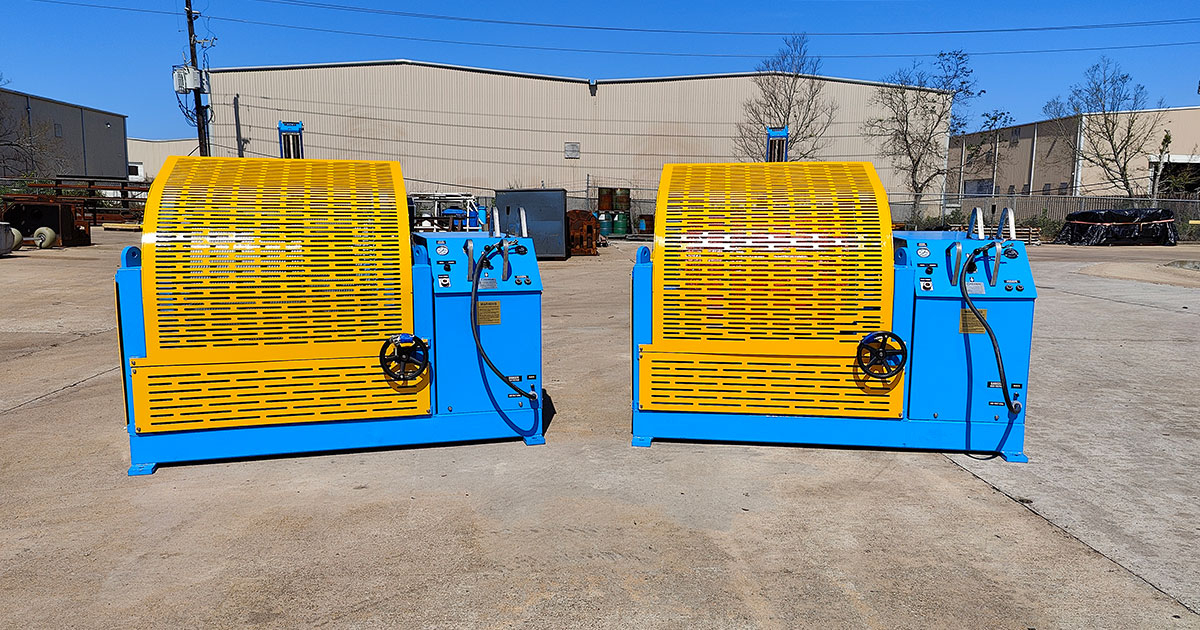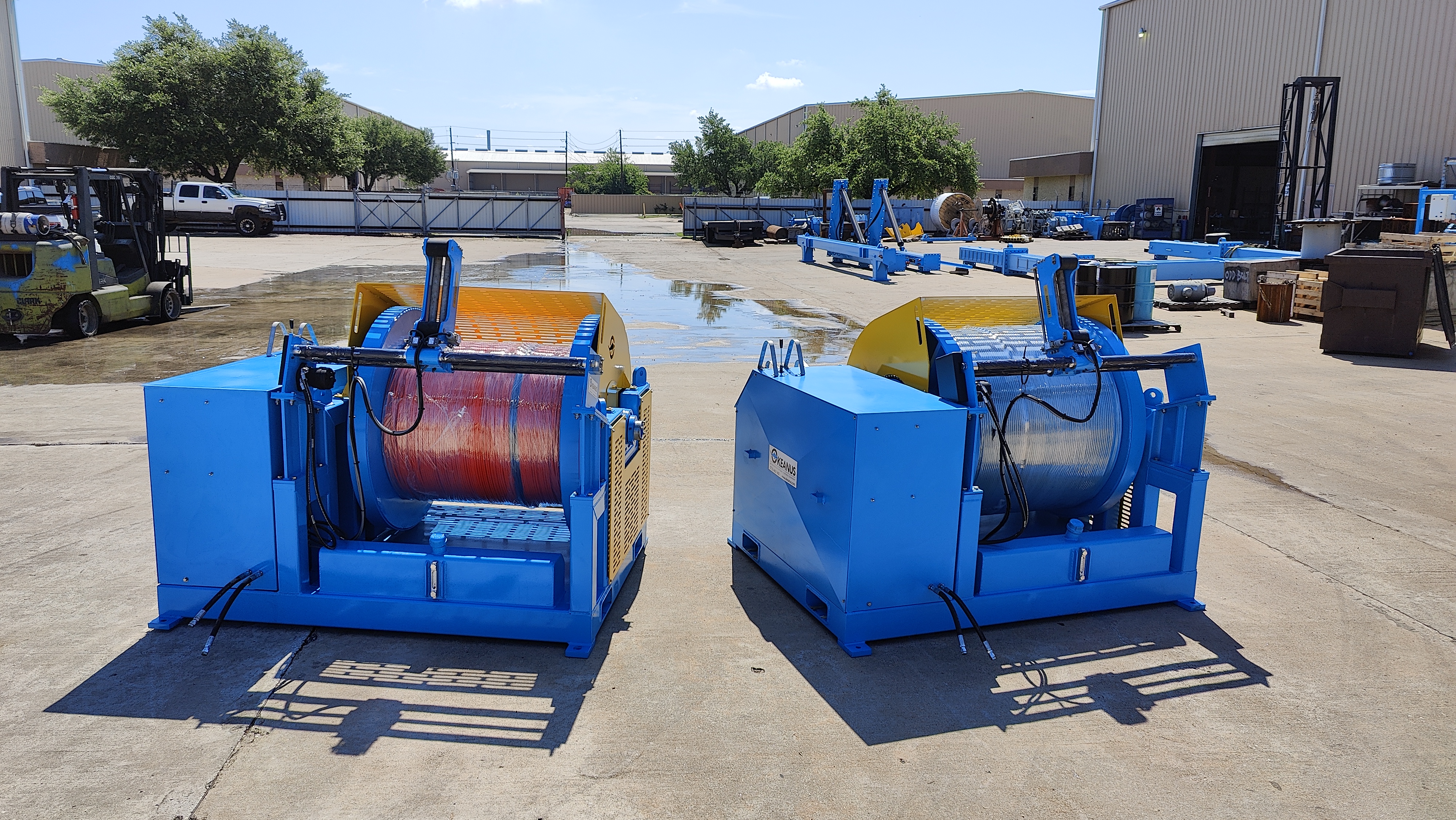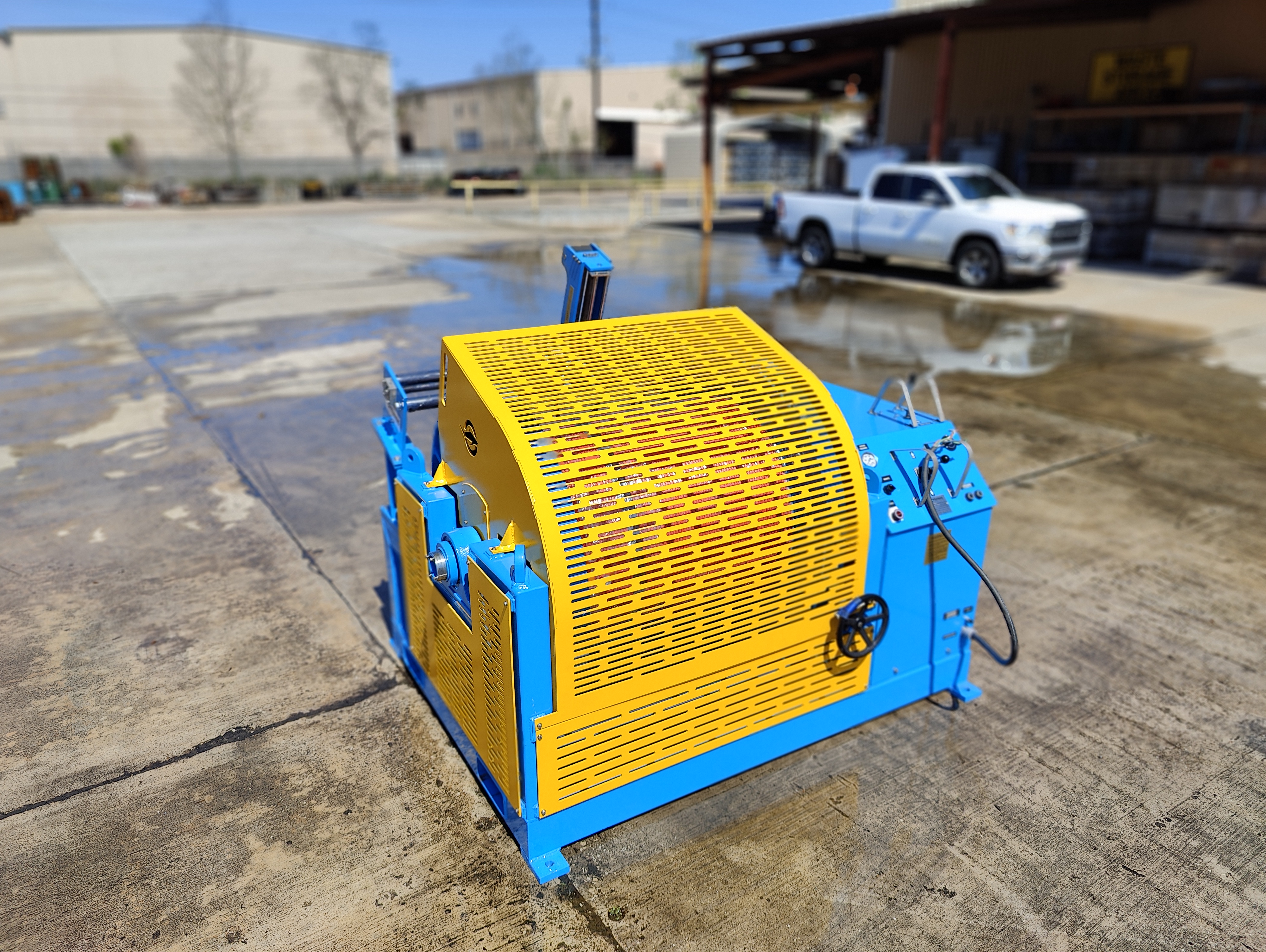


Amid all the promise of an emerging generation of AI-inspired ocean technologies—innovations set to bring game-changing levels of automation and efficiency to future ways of working at sea—the multi-purpose oceanic winch has been something of an unsung hero: Since its inception, the marine winch, in its many forms, has proved instrumental to our capacity to explore the blue planet.
In the modern-day era of offshore exploration, the evolution of the multi-purpose offshore winch has primarily been driven by the ambitions of operators from the maritime, defense, and offshore energy industries seeking to extend the reach and accuracy of their commercial, scientific, and security-related activities, safely and efficiently. In recent decades, design parameters have shifted to cater to a growing array of remotely operable assets and instrumentation—such as remotely operated vehicles (ROVs) and advanced geospatial imaging systems—technologies capable of performing specific subsea tasks at varying depths and marine conditions. Most of these survey and intervention activities hinge—quite literally—on safe and reliable cable-handling equipment.
Many of today’s breaking technologies are being developed with establishing automation in the field, the ultimate rationale being that less offshore personnel and topside support leads to more operational efficiency, the benefits of which are not only economical but also environmental—that is, they mitigate any avoidable CO2 impact and HSSE exposure. However, for all the gains in automation and the dawning possibilities of remote operations, technological progress has—and always will be—tempered by an uncompromising need for precise and reliable control.
This precision of deployment and recovery reflects one of the most challenging applications in the field of lifting equipment, as marine winches are mostly required to perform in highly dynamic and unpredictable conditions—often involving the handling of highly sensitive and valuable assets.
As ocean technologies continue to diverge and their applications broaden, the “one-size-fits-all” approach to winch engineering seldom applies. Yes, multi-purpose winches are still a mainstay for exploration campaigns, but as ocean tech companies continue to push the realms of ever-smarter assets, the design parameters must adjust accordingly.
As a leading manufacturer of multi-purpose winches, Okeanus adopts a proactive stance to establishing what we call “mission-critical” objectives with customers. In our years of servicing commercial and government clients across the globe, building fit-for-purpose solutions means striking the optimal balance of three central design aspects: safety, flexibility, and longevity.
Today, Okeanus designs and manufactures an exclusive range of multi-purpose winches, alongside a growing portfolio of specialty winches, from cold climate winches to MCM winches, and USV winches to underwater winches. From a design perspective, there are core considerations common across all winch categories—such as line pull, line speed, minimum bend radius of cable, cable diameter, and cable length, etc.—but others refer to very specific in-field requirements, environmental conditions, mounting location, length of deployment, and controls and comms. In the age of uncrewed vessels, power and weight budgeting is also critical.
However, no matter the size of the winch in question—from our all-electric ECO Series designed for water sampling, towed side scan and magnetometer systems, and instrumentation for oceanographic surveys, to our larger 3000 series equipped for deep-tow side scan systems, large V-Fin systems, downhole operations, medium coring operations, and ROV operations—the design principles are underpinned by the winch’s capacity for failsafe operation.

Most recently, following a series of discussions with some of our key marine defense and government customers, Okeanus introduced several new upgrades designed to specifically prioritize operator safety. While we have always offered personnel guards, or drum guards, as an option, some of our most recent winch deliveries to naval forces incorporate a new guard design that completely covers the rotating drum to keep operator hands away from moving machinery and avoid pinch points, except on the “business end” of the winch, where the cable exits.
Product enhancements like these are only possible as a direct result of client collaboration, in which mission-critical objectives are set and tested. By partnering with our customers to better understand their exact at-sea requirements—not just in the design phase but during testing and evaluation also—we can propose custom upgrades and product enhancements that ensure a design that not only performs on task today but delivers long-term versatility.
Okeanus is also now offering several new add-on options for our larger 3000 series winches, such as the inclusion of forklift pockets on the base frame, maximizing the safe mobilization and storage of the winch without increasing the unit’s footprint. We have also introduced an E-Stop (Emergency Stop) to our standard remote controls—if an operator can manipulate a large piece of machinery, we believe that they must also be able to easily shut it off in an emergency at a moment’s notice.

Other options to make our winches more flexible, without incurring substantial cost increases, include the addition of a high-capacity auxiliary hydraulic circuit into the winch HPU, allowing operators to control A-Frames, other winches, or general hydraulic equipment from the winch itself. Another is the addition of a levelwind tilt frame, allowing “on the fly” cable fleet angle adjustments by simply tilting the levelwind, which in turn allows the winch to be located closer to the A-Frame or overboarding device.
As ocean technologies continue to converge on a path towards increasingly synchronized—and unmanned—operations above, on, and below the waterline, ease of operation will unquestionably remain paramount. But baked into this assumption is that deck-handling equipment—especially stalwarts of deck deployment like ocean-going winches—will be built to last. That not only speaks to their durability but their flexibility in terms of application.
Speaking of the work being done at Okeanus to future-proof multi-purpose winches, Okeanus Chief Operating Officer Don Brockett, said: “We’ve put a huge effort into identifying and introducing incremental changes to our winch portfolio that prioritize operational flexibility and safety. All customers working in the ocean space, in particular defense customers, have a keen interest in safety, flexibility, and longevity. These changes are iterations to continually improve these tried-and-true products, improving the quality of the product and safety to the operator.”


255 Equity Blvd.
Houma, LA 70360, USA
+1 985.346.4666
11989-A FM 529
Houston, TX 77041, USA
+1 713.460.1400